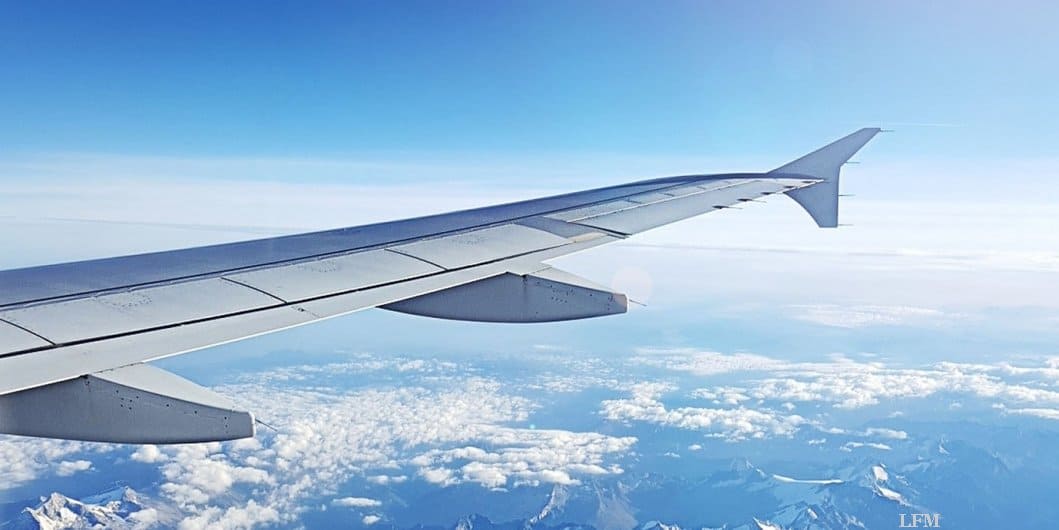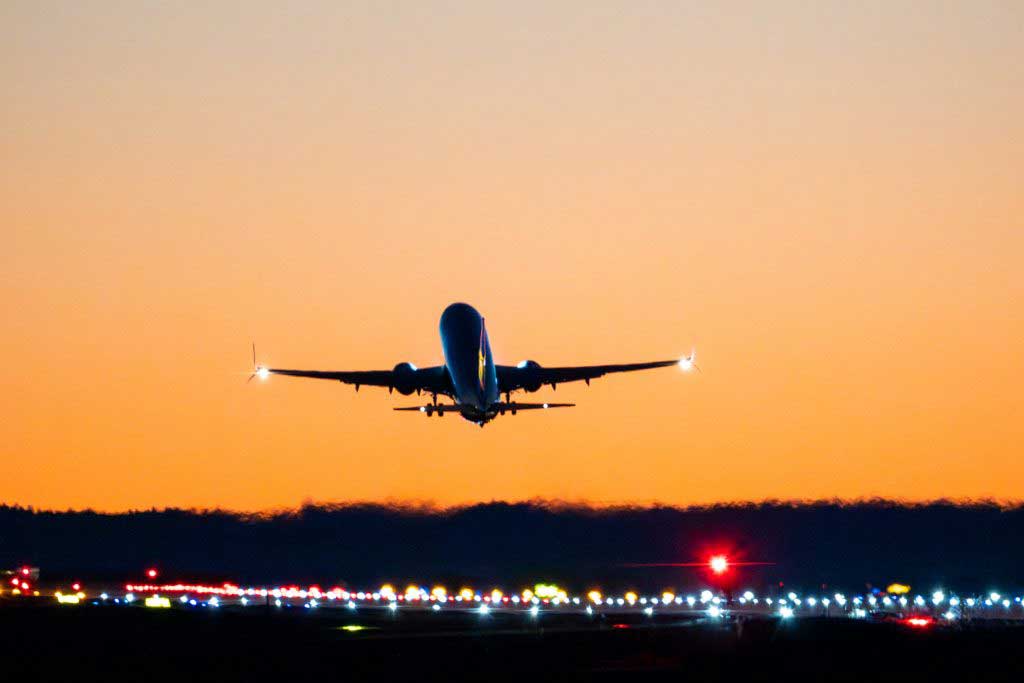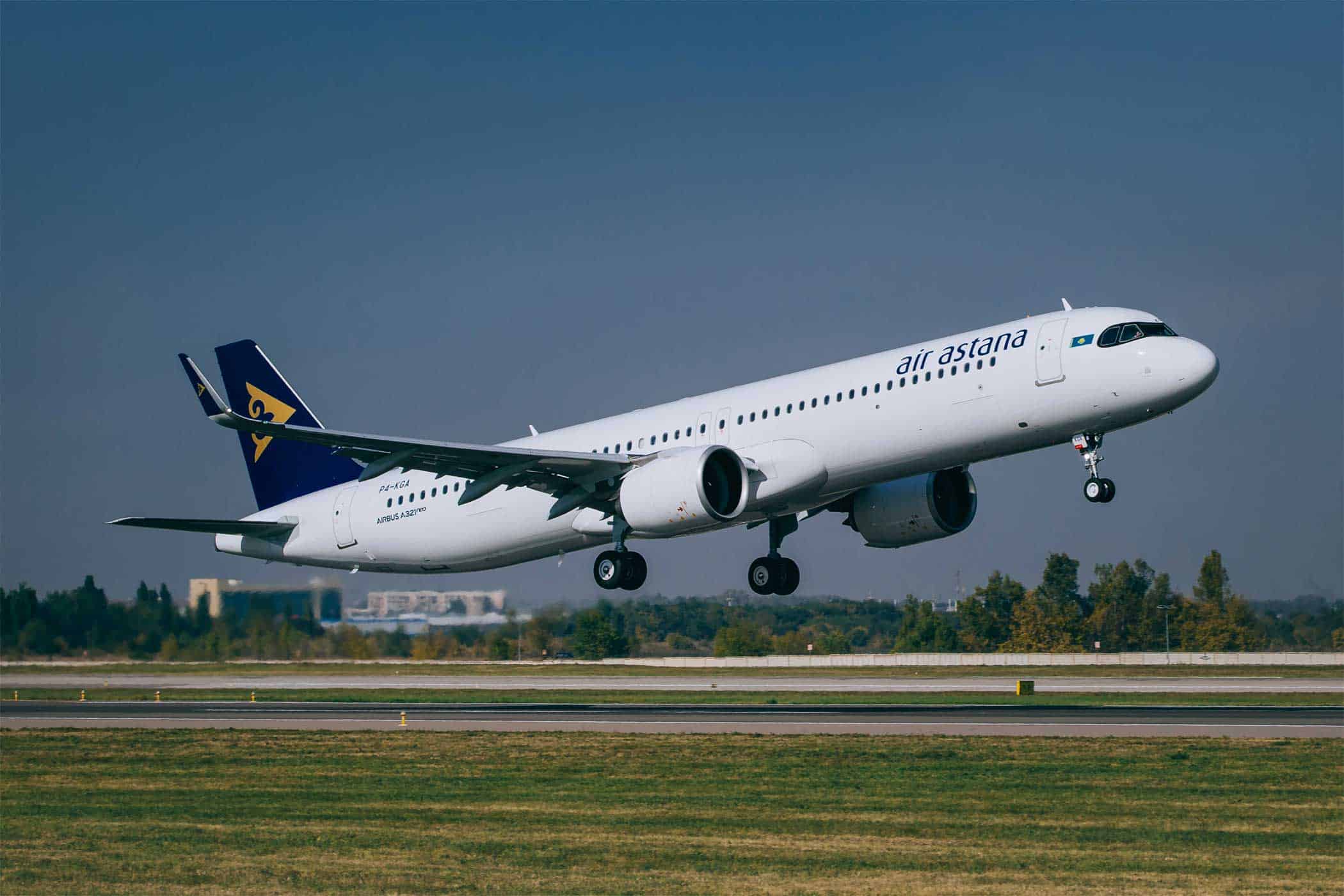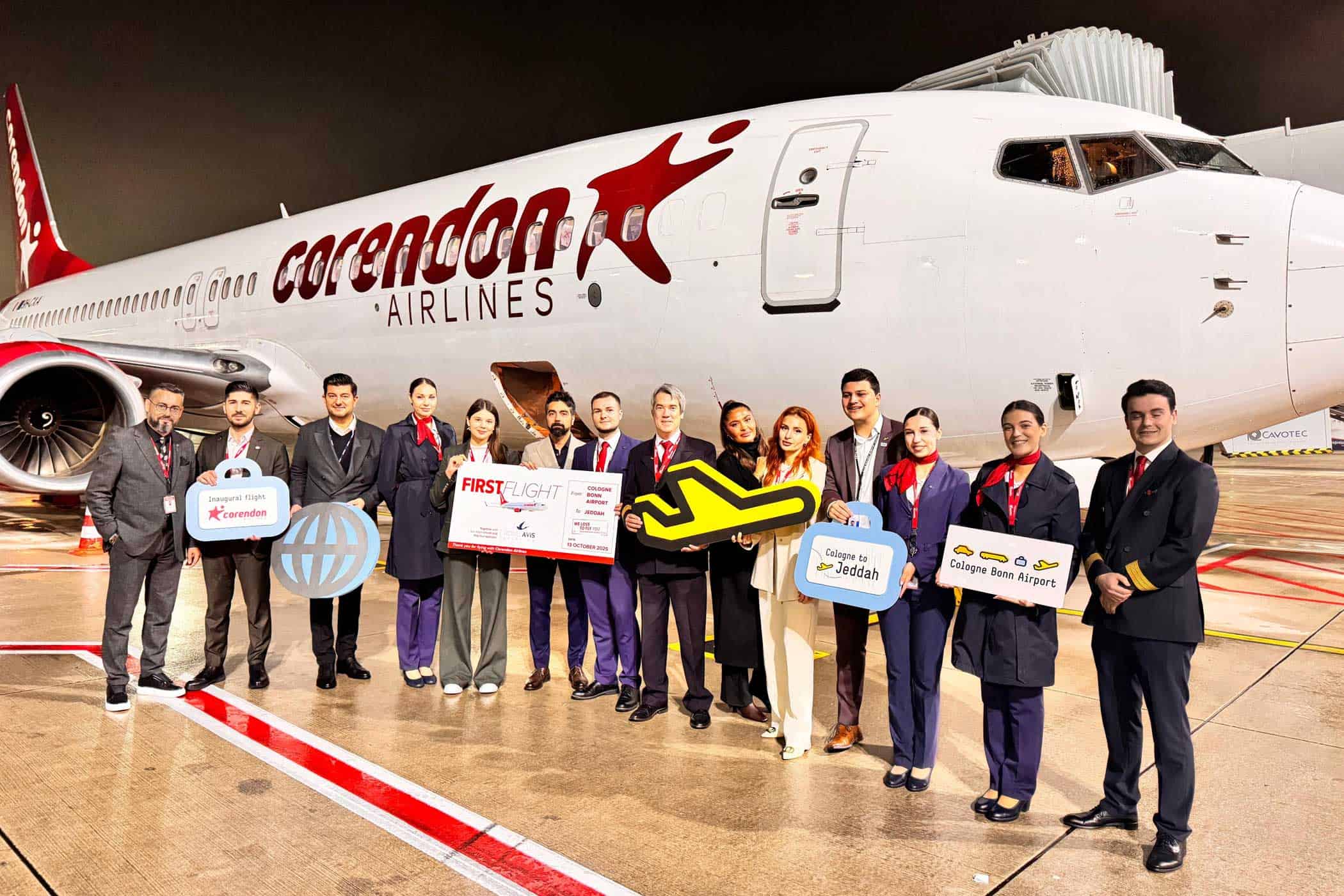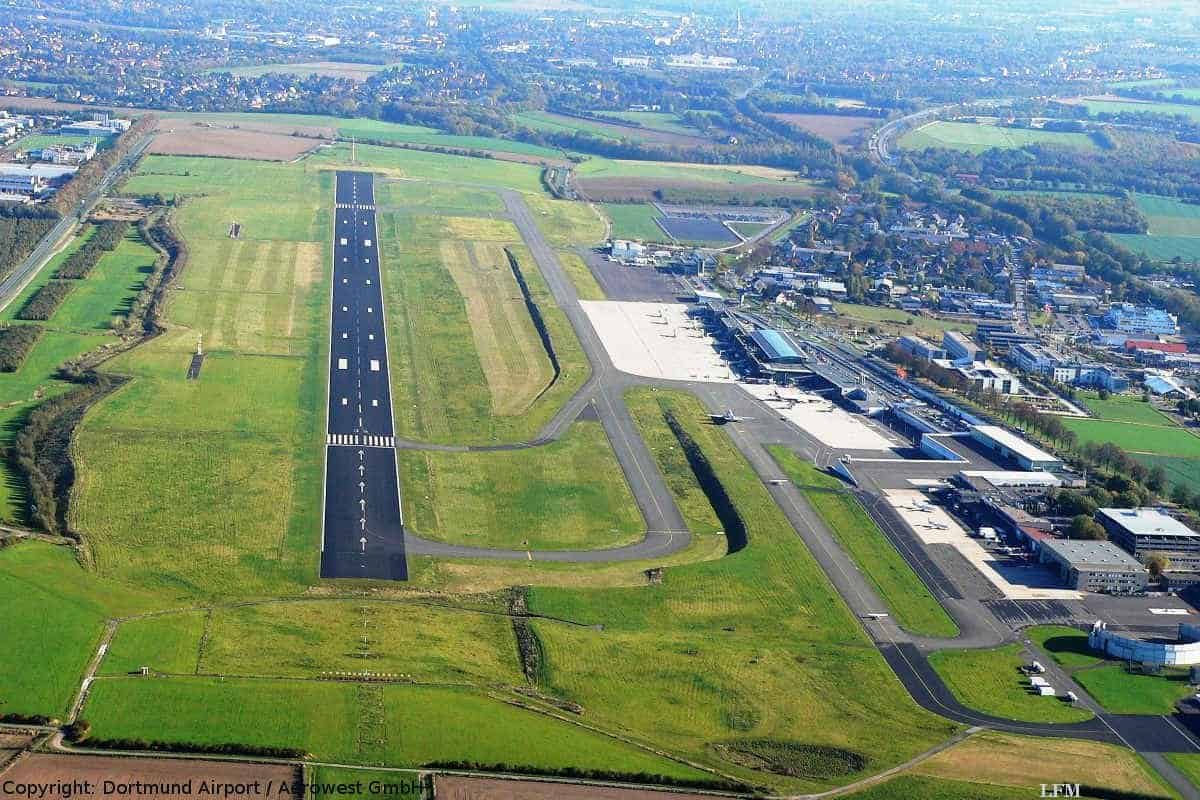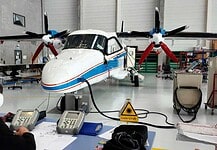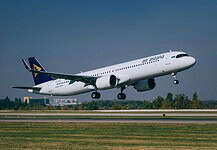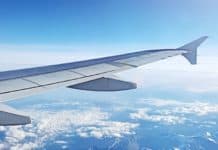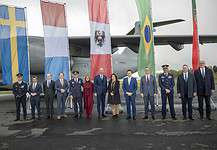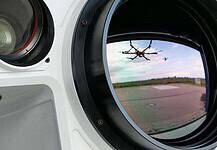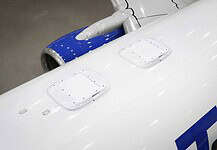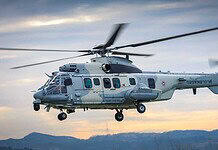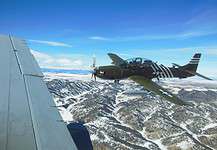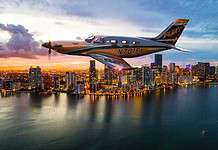This site is also available on:
Deutsch
Introduction
The aviation industry experiences seasonal changes every year, prompting airlines to adjust their flight schedules and capacities accordingly. Korean Air, one of Asia‘s leading airlines, is responding to the high demand for flights between Germany and South Korea with a significant expansion of its winter schedule. By deploying the Airbus A380 and increasing flight frequencies, the airline is accommodating the growing number of passengers while offering enhanced amenities and comfort on board. This strategic adjustment optimizes the connection between Frankfurt and Seoul and underscores the route’s importance in the global aviation landscape.
Use of the Airbus A380: Largest aircraft for more capacity
Starting October 26, Korean Air will deploy the world’s largest passenger aircraft, the Airbus A380, on its Frankfurt am Main–Seoul–Incheon route. This move marks a significant capacity increase and a response to increased demand, particularly during the winter season. The decision to use this aircraft model is based on its enormous capacity and its popularity among travelers who appreciate the generous space and exclusive atmosphere across two decks.
The A380-800, with a total of 407 seats spread across three classes, offers 12 First Class seats, 94 Prestige Class seats, and 301 Economy Class seats. This allows Korean Air to create additional capacity in both Premium and Economy Class, which is particularly important for frequent travelers and business travelers. The Premium cabins are equipped with modern amenities that provide travelers with a first-class flight experience, while Economy Class, thanks to its generous interior design, makes even longer flights comfortable.
Until December 31, the airline will fly this route four times a week, on Tuesdays, Wednesdays, Fridays, and Sundays. This frequency ensures that passengers are offered a flexible choice tailored to different travel needs.
Adjustments to the winter flight schedule and return to the Boeing 777-300ER
After the turn of the year, Korean Air will change its aircraft type again, returning to the Boeing 777-300ER starting January 2nd until the end of the winter schedule on March 27th, 2026. The return to this proven long-haul aircraft reflects seasonal fluctuations in passenger demand and enables efficient capacity utilization. The 777-300ER is a versatile and reliable aircraft capable of operating long-haul routes with high passenger capacity and good comfort.
In parallel with this change, Korean Air is reducing frequencies on the Frankfurt-Seoul route from four to three flights per week, on Wednesdays, Fridays, and Sundays. This adjustment is typical of seasonal flight schedules in aviation, where capacity is flexibly adjusted to market conditions. Despite the reduction, the route remains highly frequented and an important route for both business and leisure travelers.
The Boeing 777-300ER is equipped with modern technologies and offers a pleasant flight experience. It features comfortable cabin amenities that meet the needs of different passenger segments. The airline primarily uses this aircraft during less intense peak demand to remain economically efficient.
Importance of the Frankfurt-Seoul connection for Korean Air and passengers
The Frankfurt-Seoul route is one of Korean Air’s most important connections within its European network. Frankfurt am Main is one of Europe‘s most important aviation hubs and offers ideal connections for travelers from Germany and neighboring countries. Therefore, with its expanded winter flight schedule, Korean Air is ensuring that passengers have efficient and comfortable options.
The introduction of the Airbus A380 further enhances the attractiveness of the service. The aircraft’s two decks create a pleasant sense of space, which is particularly appreciated on long-haul routes such as those between Germany and South Korea. Passengers also benefit from a variety of onboard services, enhanced entertainment, and comfortable seating, all of which contribute to a more enjoyable flight experience.
Furthermore, the temporary capacity increase also reflects the economic and cultural ties between Germany and South Korea. Business travelers frequently use the route for important international meetings, while tourists and family members also benefit from the regular and convenient flight connection.
Impact on air traffic and travel options
Korean Air’s decision to update its winter schedule highlights the trend within the aviation industry to respond flexibly to market needs and align capacity with demand. The increased frequency and upgrade to larger aircraft such as the Airbus A380 not only ensures more available seats but also facilitates travel planning for passengers, who now benefit from more choice.
Furthermore, the larger seating capacity in Premium Class allows for a strengthening of the market segment for discerning customers who value exclusive service and exceptional comfort. This furthers Korean Air’s position as the preferred airline on the Asian route.
In addition, adjusting flight frequencies and aircraft types also impacts ticket prices and availability. Increased capacity during peak season can cushion price spikes and contribute to stabilizing the overall market. At the same time, the return to the Boeing 777-300ER continues to offer attractive prices during off-peak seasons, keeping travel affordable.
Conclusion
With the introduction of the Airbus A380 in its winter flight schedule from Germany, Korean Air is sending a clear signal for increased capacity and improved service on the busy route to Seoul. The combined strategy of larger aircraft and increased frequency until the end of 2025, followed by a return to the proven Boeing 777-300ER in the further course of the 2025/26 winter flight schedule, demonstrates flexible and market-oriented planning.
These measures not only benefit air travelers, who will find a wider selection and greater comfort, but also strengthen Korean Air’s presence in the German market. The connection to Seoul thus remains a key bridge between Europe and Asia, sustainably promoting economic activity, cultural exchange, and tourism.
Adjusting aircraft types and frequencies depending on seasonal factors is a prime example of adaptability in aviation planning and underscores the importance of capacity management in international air traffic. Korean Air’s service therefore makes a valuable contribution to a balanced supply in the air traffic market between Germany and South Korea.
Overall, the introduction of the A380 will significantly increase capacity, allowing it to meet the increased passenger volume, while the simultaneous return to the Boeing 777-300ER will ensure efficient use of resources. Thus, the updated winter schedule serves as a model for other airlines striving to balance demand, comfort, and profitability.
Korean Air’s winter flight schedule at a glance
October 26, 2025 – December 31, 2025
| Flight no. | Route | Departure | Arrival | Airplane | Frequency |
| KE 946 | FRA-ICN | 19:30 | 15:05+1 | A380 | Tue, Wed, Fri, Sun |
| KE 945 | ICN-FRA | 11:25 | 17:20 | A380 | Tue, Wed, Fri, Sun |
January 1, 2026 – March 27, 2026
| Flight no. | Route | Departure | Arrival | Airplane | Frequency |
| KE 946 | FRA-ICN | 19:30 | 15:05+1 | B77W | MI, FR, SO |
| KE 945 | ICN-FRA | 11:25 | 17:20 | B77W | MI, FR, SO |

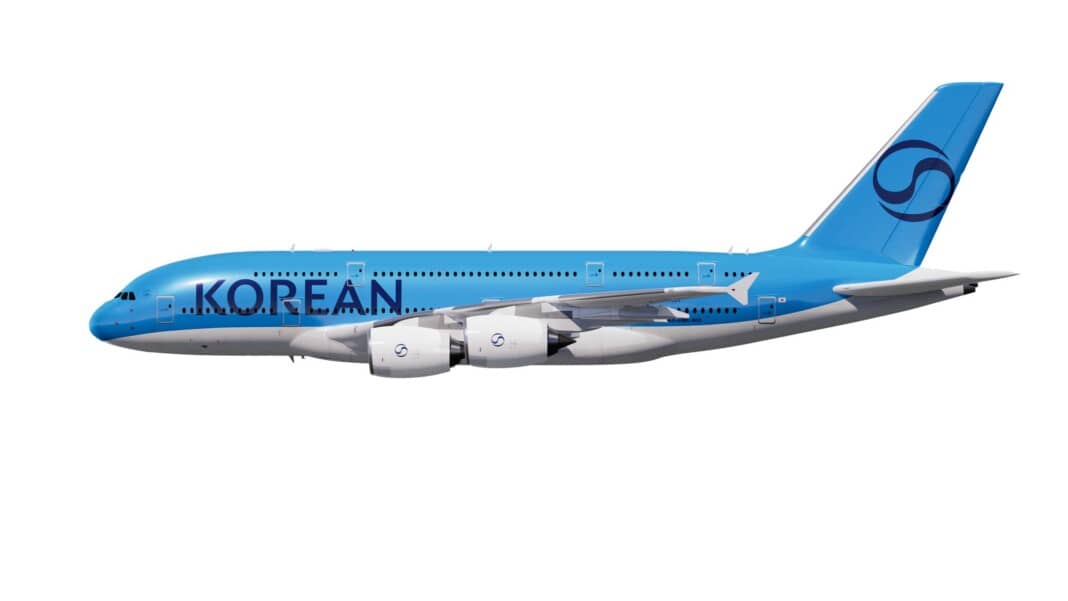
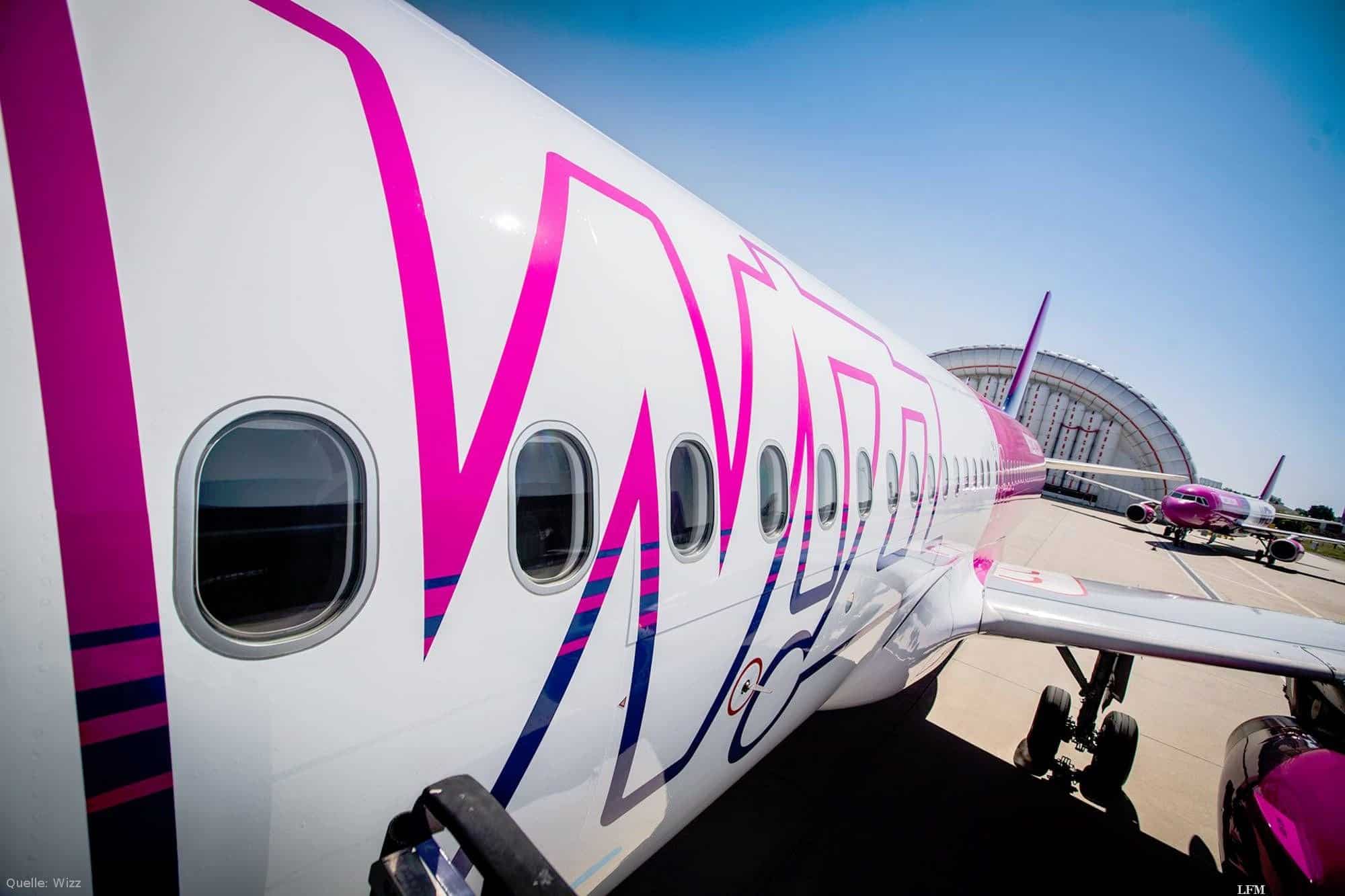 WIZZ Discount Club: More benefits for members (WIZZ Discount Club: More benefits for members)
WIZZ Discount Club: More benefits for members (WIZZ Discount Club: More benefits for members)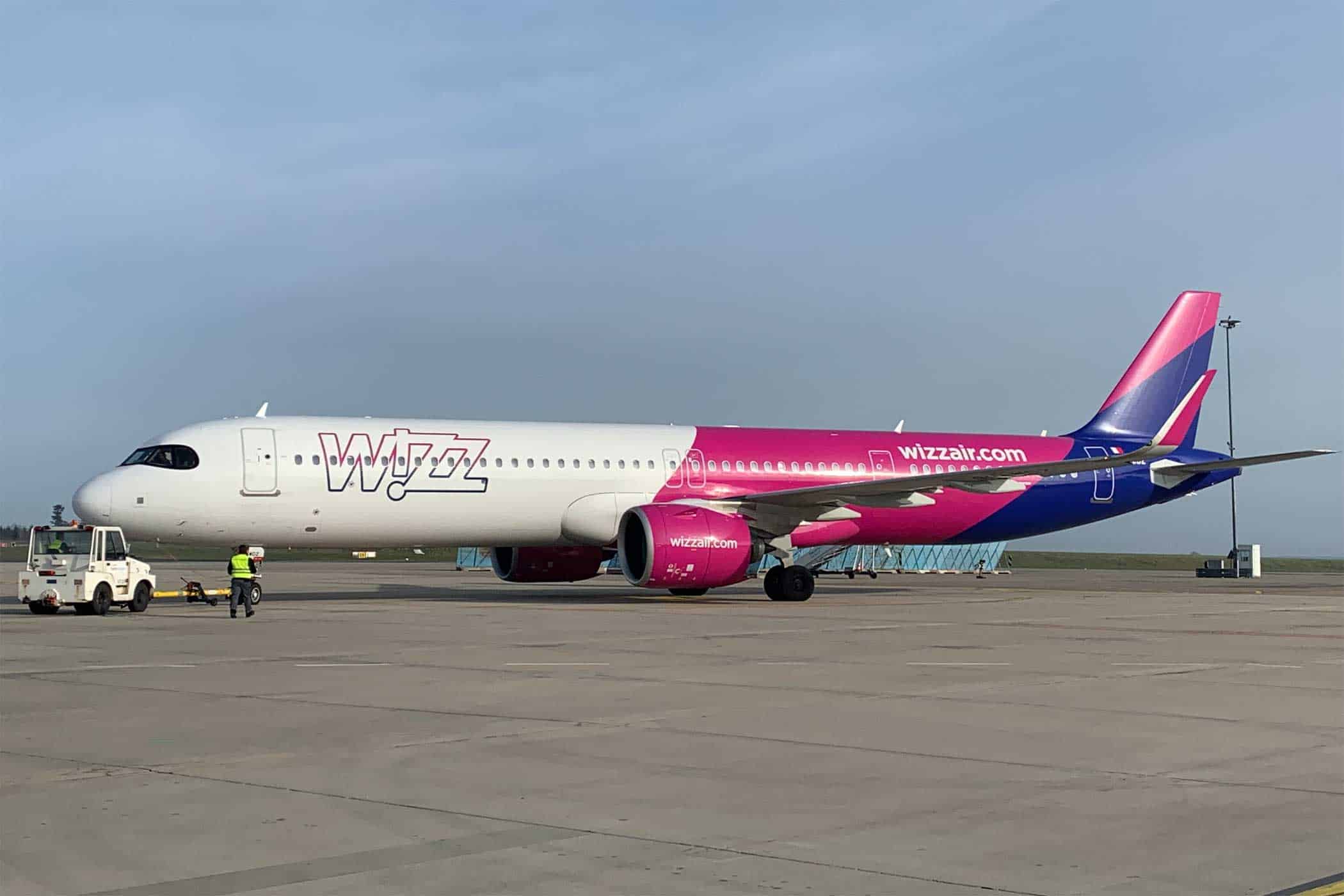 Wizz Air: New flights to Bucharest and Sibiu from Hahn Airport (Wizz Air: New flights to Bucharest and Sibiu from Hahn Airport)
Wizz Air: New flights to Bucharest and Sibiu from Hahn Airport (Wizz Air: New flights to Bucharest and Sibiu from Hahn Airport)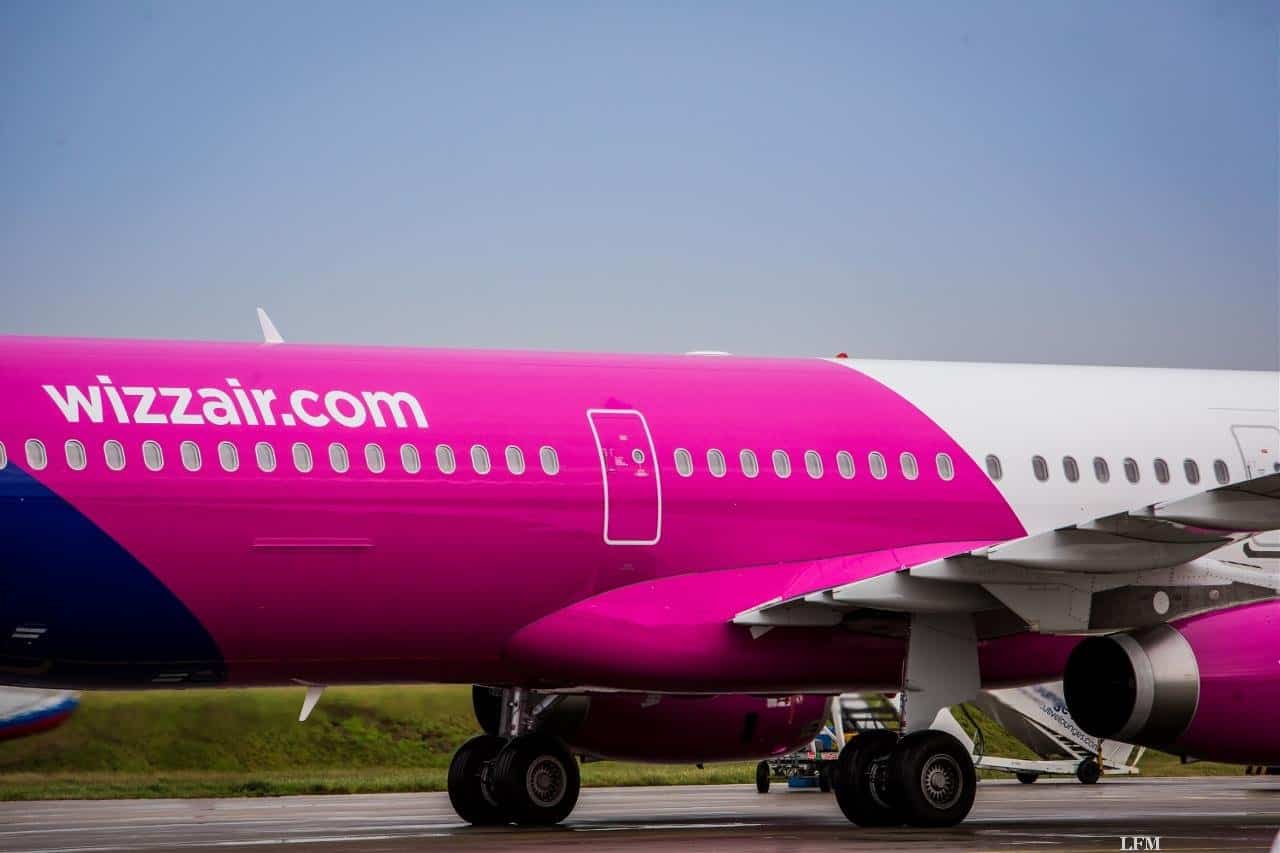 Wizz Air resumes flight connection Dortmund – Szymany (Wizz Air resumes flight connection Dortmund – Szymany)
Wizz Air resumes flight connection Dortmund – Szymany (Wizz Air resumes flight connection Dortmund – Szymany)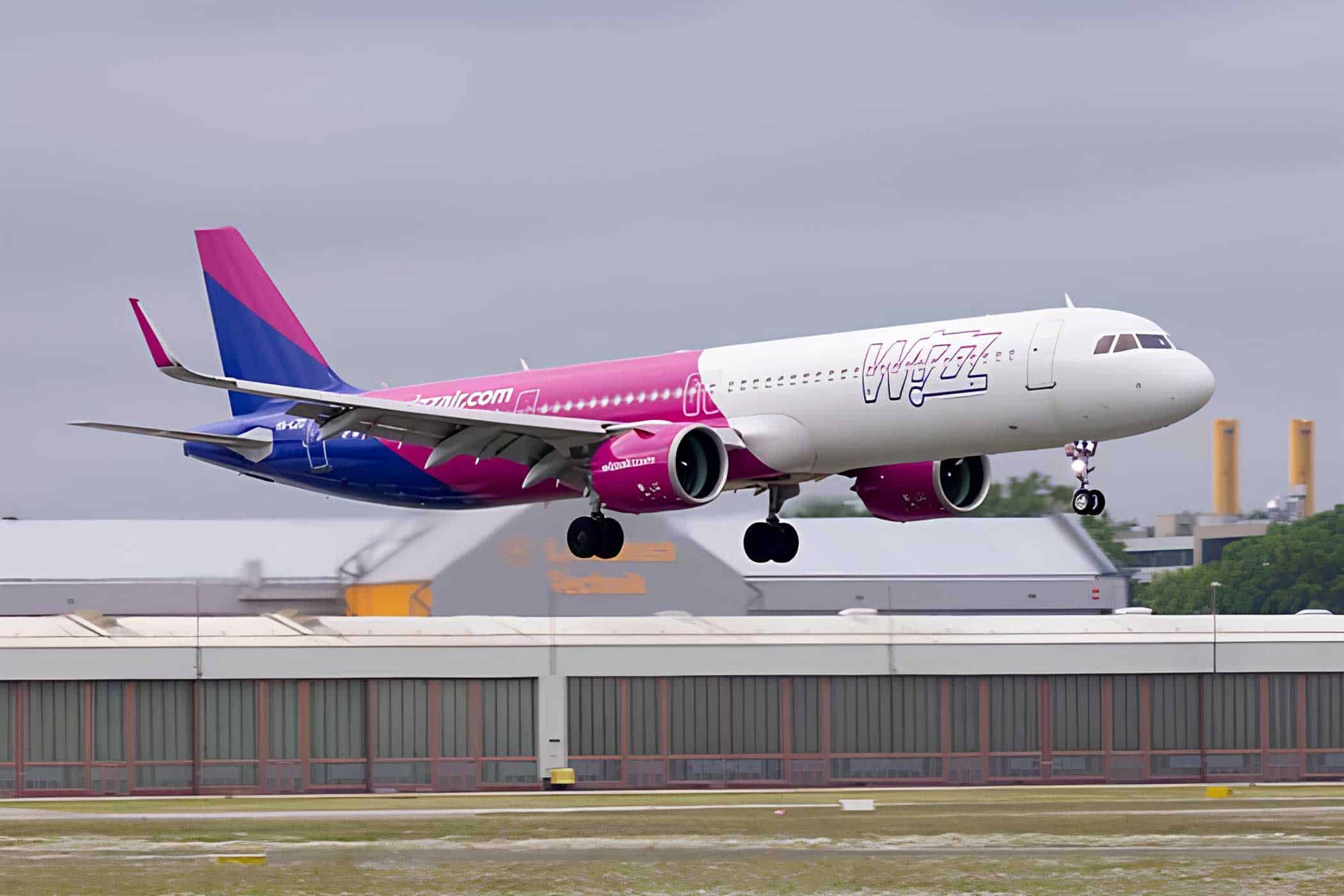 Wizz Air launches route to Kutaisi (Georgia) from Hamburg Airport (Wizz Air launches route to Kutaisi (Georgia) from Hamburg Airport)
Wizz Air launches route to Kutaisi (Georgia) from Hamburg Airport (Wizz Air launches route to Kutaisi (Georgia) from Hamburg Airport)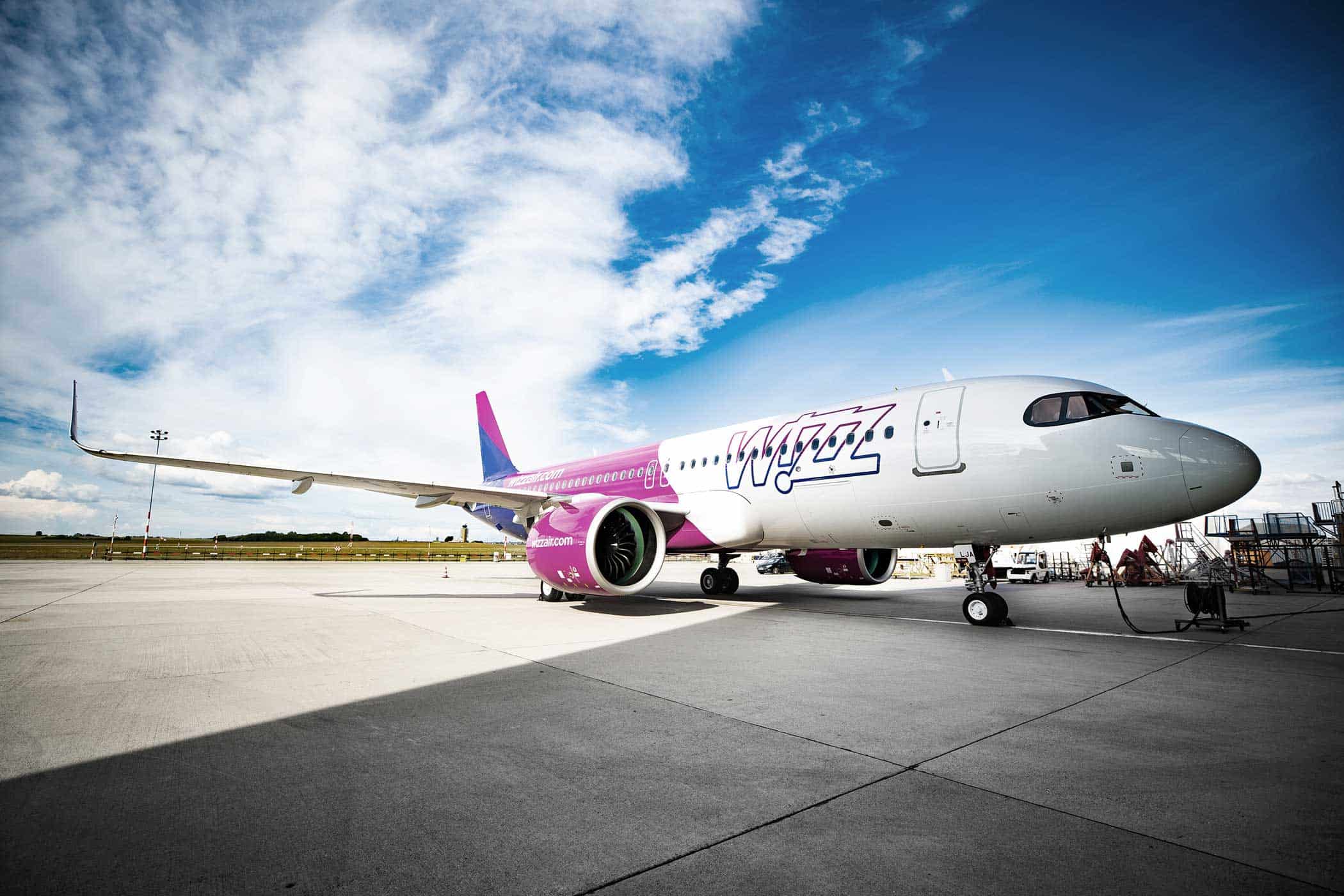 Wizz Air celebrates its 21st anniversary with tickets under 21 euros (Wizz Air celebrates its 21st anniversary with tickets under 21 euros)
Wizz Air celebrates its 21st anniversary with tickets under 21 euros (Wizz Air celebrates its 21st anniversary with tickets under 21 euros)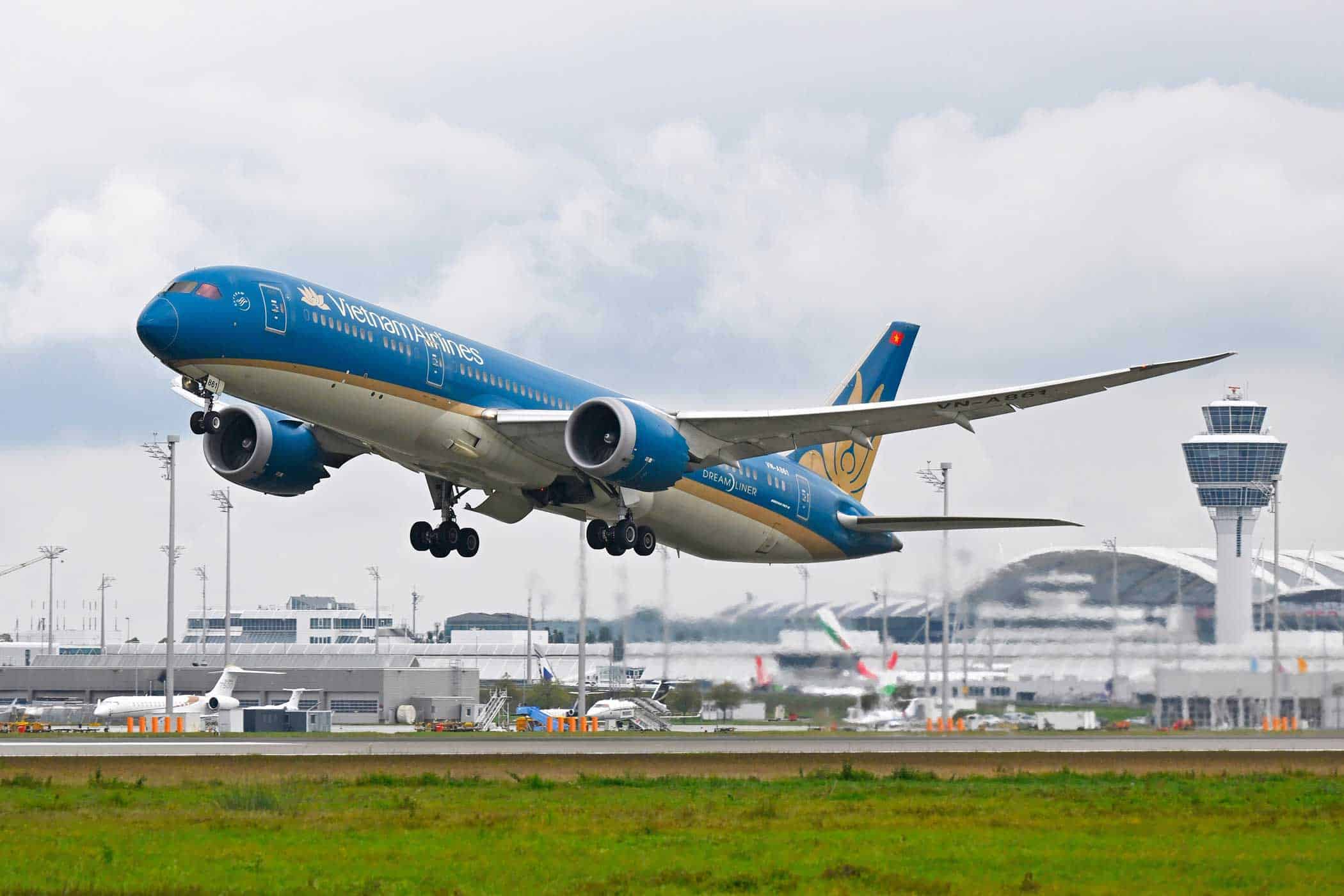 Vietnam Airlines expands its range of direct flights from Germany (Vietnam Airlines expands its range of direct flights from Germany)
Vietnam Airlines expands its range of direct flights from Germany (Vietnam Airlines expands its range of direct flights from Germany)